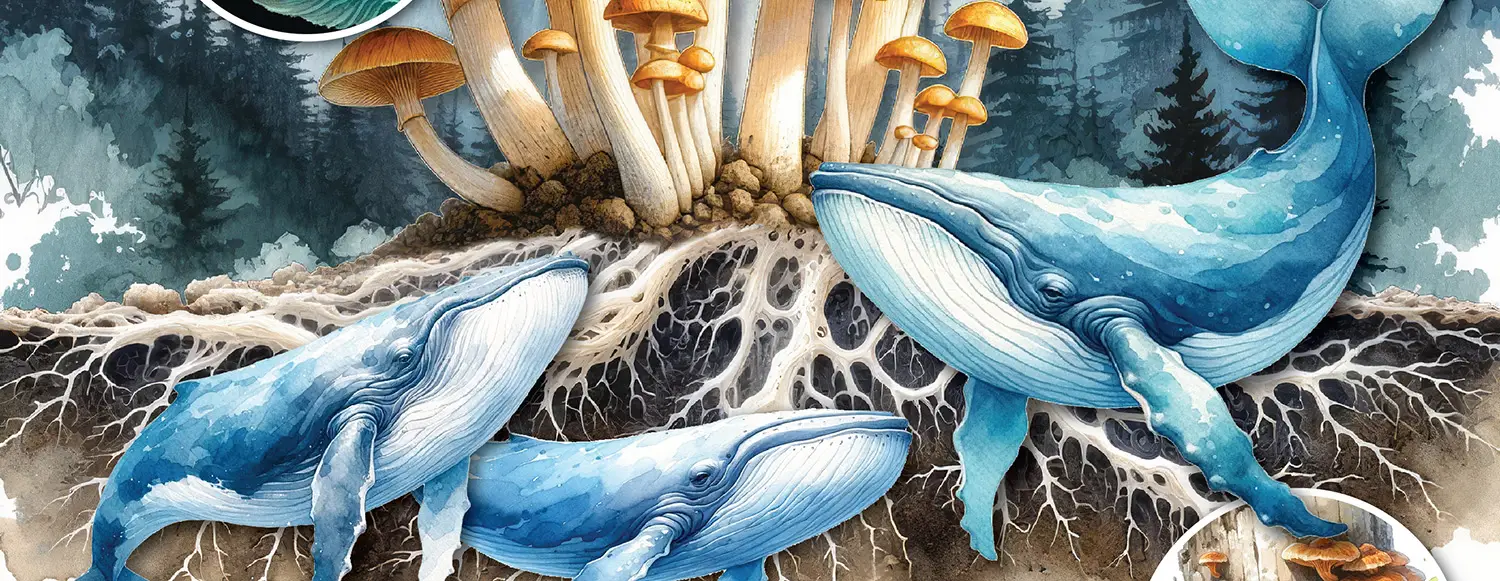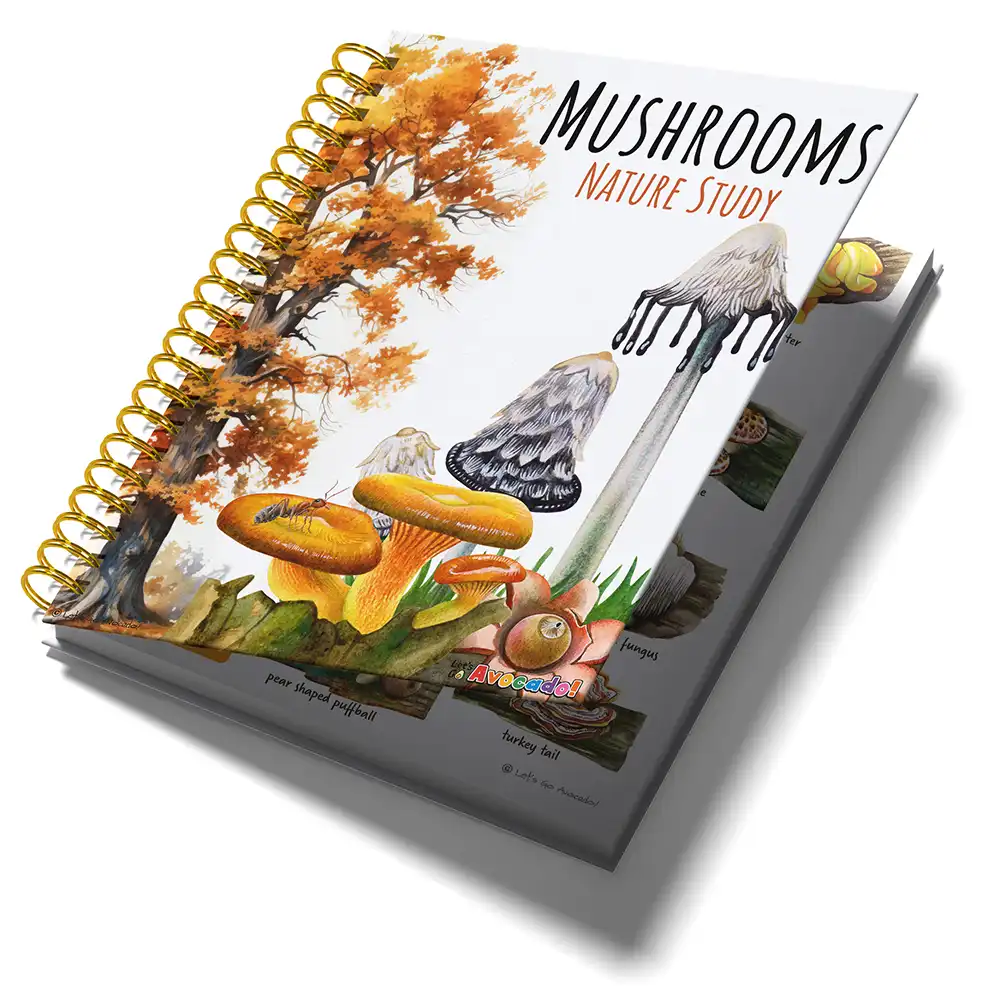This page may contain affiliate links.
Read our disclosure and privacy policy here.
Hey Avocados! Have you ever wondered what the biggest living thing on our planet is? It’s not an elephant, a whale, or even a dinosaur. It’s a mushroom! And not just any mushroom, but the honey fungus located in Oregon’s Blue Mountains. It’s a record-breaking, mind-boggling organism that’s way bigger than anything else alive today. Let’s explore this fascinating giant together!
Table of Contents
The Largest Living Organism On Earth Is A Fungus!
Check out our short video on the Humongous Fungus!
The Colossal Forest Dweller
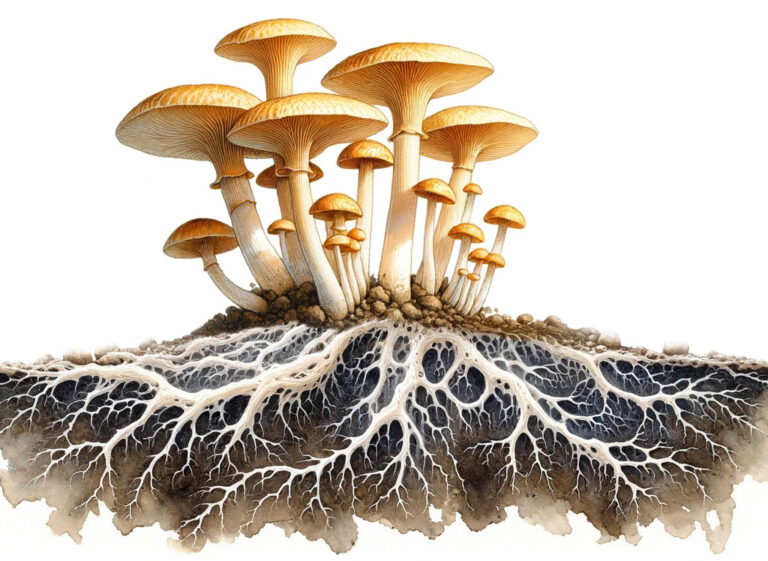
In the enchanting Blue Mountains of Oregon lies a hidden giant, far surpassing the size of the mighty blue whale. This isn’t a creature from a fantasy tale, but a real-life marvel – the honey fungus, known scientifically as Armillaria ostoyae. This colossal fungus stretches beneath the forest floor, forming the oldest and largest living organism on Earth.
The Mystical Honey Fungus
The honey fungus is a unique species of mushroom that defies common perceptions. Typically when people think of mushrooms, they think of small, delicate structures that pop up on lawns or forest floors. But the mushroom is just the fruiting body of the organism, like an apple on an apple tree.
Mushrooms are a fungus that have a vast underground network, known as myceliumMycelium is like the ‘root’ or the ‘body’ of a fungus. Just as plants have roots, fungi have mycelium. It is made up of tiny thread-like structures called hyphae that spread out in the soil or other materials where the fungus grows. Learn More, sprawling beneath the soil and within trees and tree bark, hidden from view. This network connects and communicates, much like a hidden underground city.
Size and Mass: A True Natural Giant

The largest living organism on Earth has the mass of at least 3 blue whales – and it could be even larger!
The sheer size of the honey fungus is mind-boggling. Covering an area of approximately 3.4 square miles (8.8 square kilometers), the honey fungus holds the title of the largest organism on Earth. To put its size into perspective, it’s equivalent to more than 1,665 football fields combined!
When it comes to weight, this fungus tips the scales at an estimated 600 tons. To visualize this, imagine piling up three blue whales – the largest animals on Earth – and you’re just about there. This weight isn’t concentrated in one spot but is spread over the entire network, making it a unique kind of giant.
Age and Growth: An Ancient Living Network
But size isn’t the only impressive feature. The age of this organism is staggering. Estimated to be well over 2,400 years old (some estimates place it closer to 8000 years old), the honey fungus has been a witness to centuries of history. From the rise and fall of empires to the birth of new civilizations, this fungal giant has quietly thrived.
Scientists have unraveled its age by studying the growth patterns and genetic markers of the fungus, revealing a timeline that spans millennia. It grows by extending its mycelium, which absorbs nutrients and water from the soil, allowing it to expand its reach year after year. This growth process is slow but steady.
A Natural Glow: The Bioluminescence of Honey Fungus
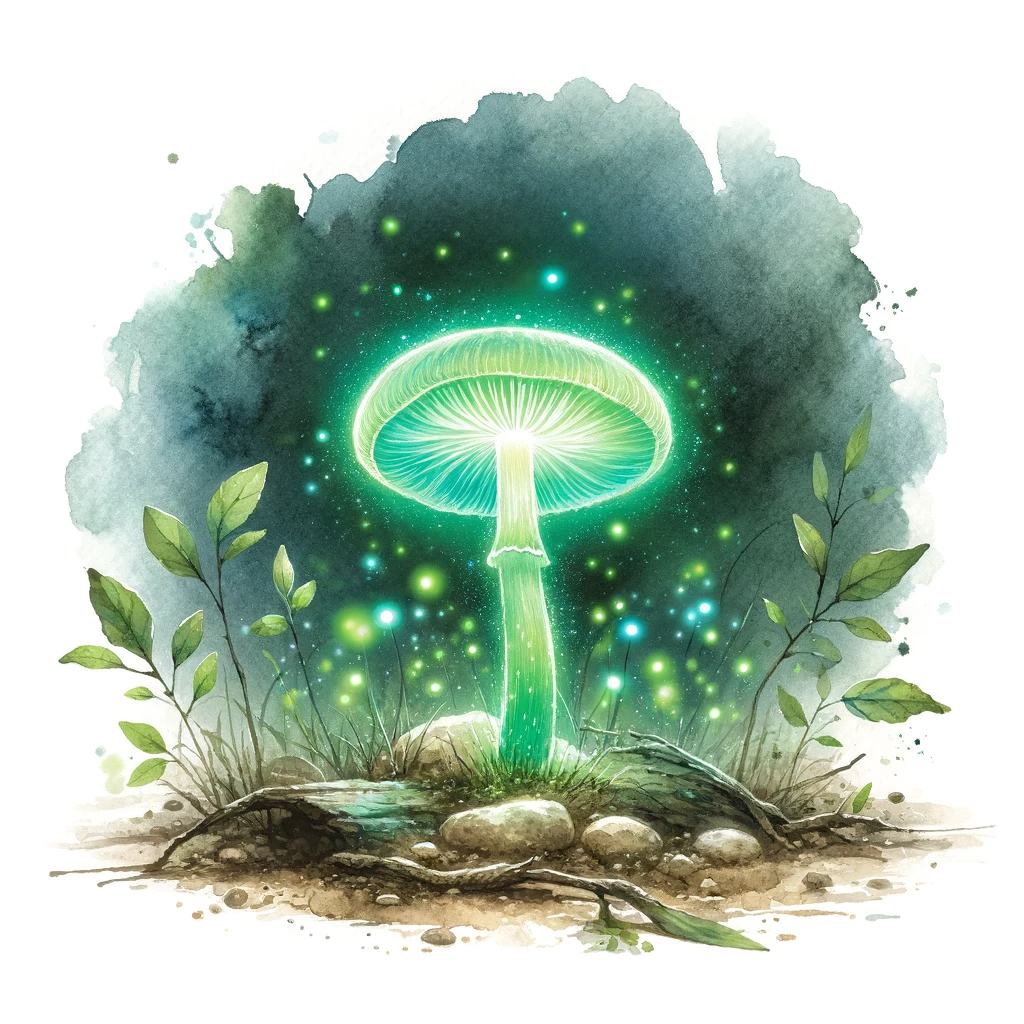
The largest living organism on earth is bioluminescent!
One of the most magical aspects of the honey fungus is its ability to glow in the dark, a phenomenon known as bioluminescence. This phenomena occurs in several species of fungi. This enchanting feature is due to a chemical reaction within the fungus, which emits a soft green light.
While not all parts of the fungus exhibit this glow, those that do create a mystical ambiance in the forest at night, as if the ground itself has come to life with a gentle luminescence. In the case of the honey fungus, it’s believed that this glowing feature might help attract insects, which in turn help with spore dispersal. Imagine if the mycelium network of the honey fungus was exposed – it would be not only the largest living organism on Earth, but also one of the largest light shows on Earth!
The Parasitic Nature of Honey Fungus
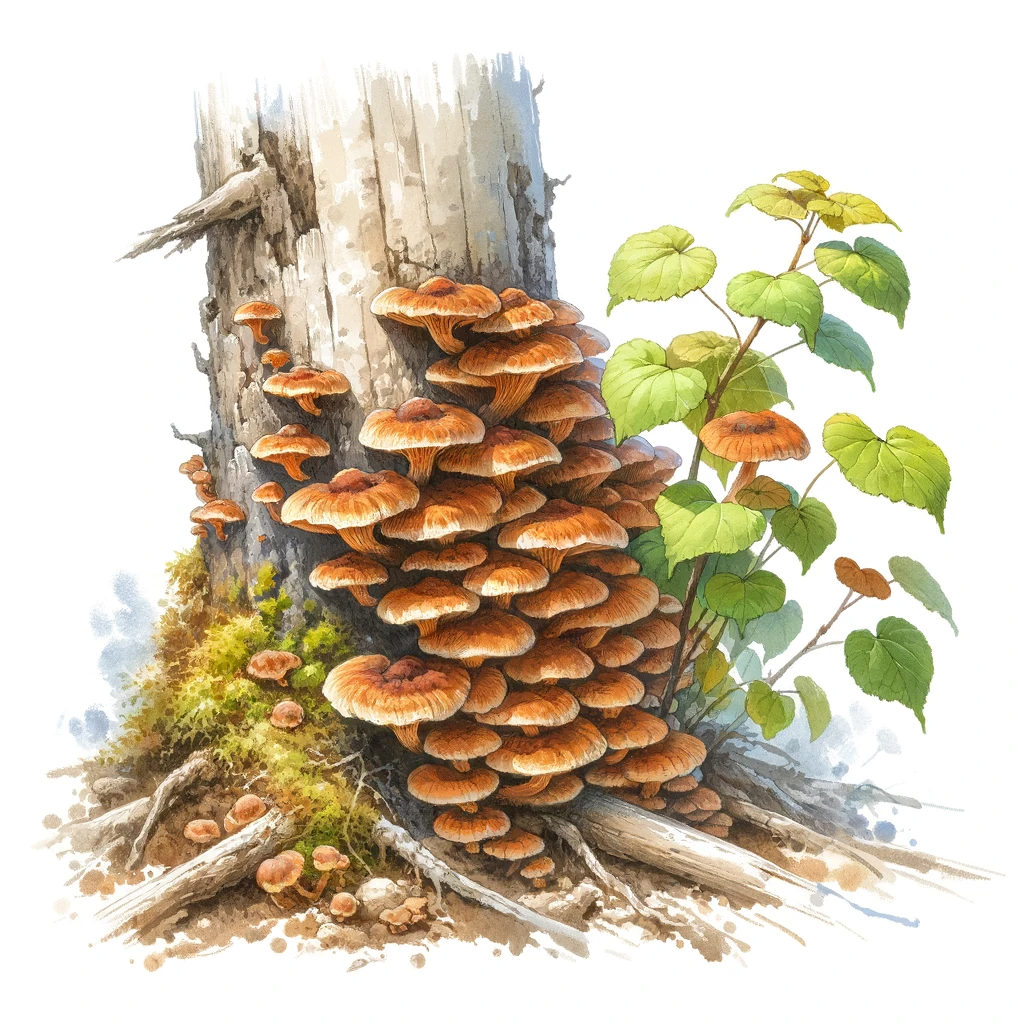
The largest living organism on earth is parasitic!
Despite its enchanting qualities, the honey fungus is a parasite, meaning it feeds off other living organisms, primarily trees. It attaches itself to the roots of trees, sapping them of their vital nutrients. This often leads to the decline and eventual death of the host tree. This might seem harsh, but it’s a crucial part of the ecosystemAn ecosystem is a community of living organisms, like insects and birds, and non-living components, like water and rocks, that interact with each other in a specific area. Learn More, helping to break down large amounts of wood and recycle nutrients back into the soil.
Other Interesting Facts
- Widespread Presence: While the one in Oregon is the largest known, honey fungus species are found across the world, each playing a vital role in their respective ecosystems.
- Ecological Impact: Beyond being a parasite, the honey fungus helps decomposeDecomposition is a natural process that happens when living things, like plants, animals, or other organic matter, break down into simpler substances. It is a part of the circle of life and plays an essential role in recycling nutrients back into the environment. Learn More dead wood, contributing to the health and sustainability of forests.
Diverse Species: There are over 10 species of honey fungus, each adapted to different climates and regions.
Natural Defense Mechanism: Honey fungus has developed unique chemicals to defend itself against other competing fungi and bacteria in the soil.
Environmental Indicator: The presence of honey fungus can indicate the health of an ecosystem. It often thrives in areas where trees are already stressed or dying, playing a critical role in the forest’s life cycle. The fact that the honey fungus in the Blue Mountains has grown to be the largest living organism on Earth means that it has become an integral part of the lifecycle of the trees in that region, for better or worse.
Mychorrhizal Relationships: In some ecosystems, variants of honey fungus form symbiotic relationships with plant roots, known as mycorrhiza, helping plants absorb more nutrients.
Culinary Use: While caution is advised, some types of honey fungus are edible and are used in various culinary traditions, adding a unique flavor to dishes. Remember, do not pick or eat any wild harvested mushrooms without getting the help of a knowledgeable mushroom forager.
The Incredible Underground Giant
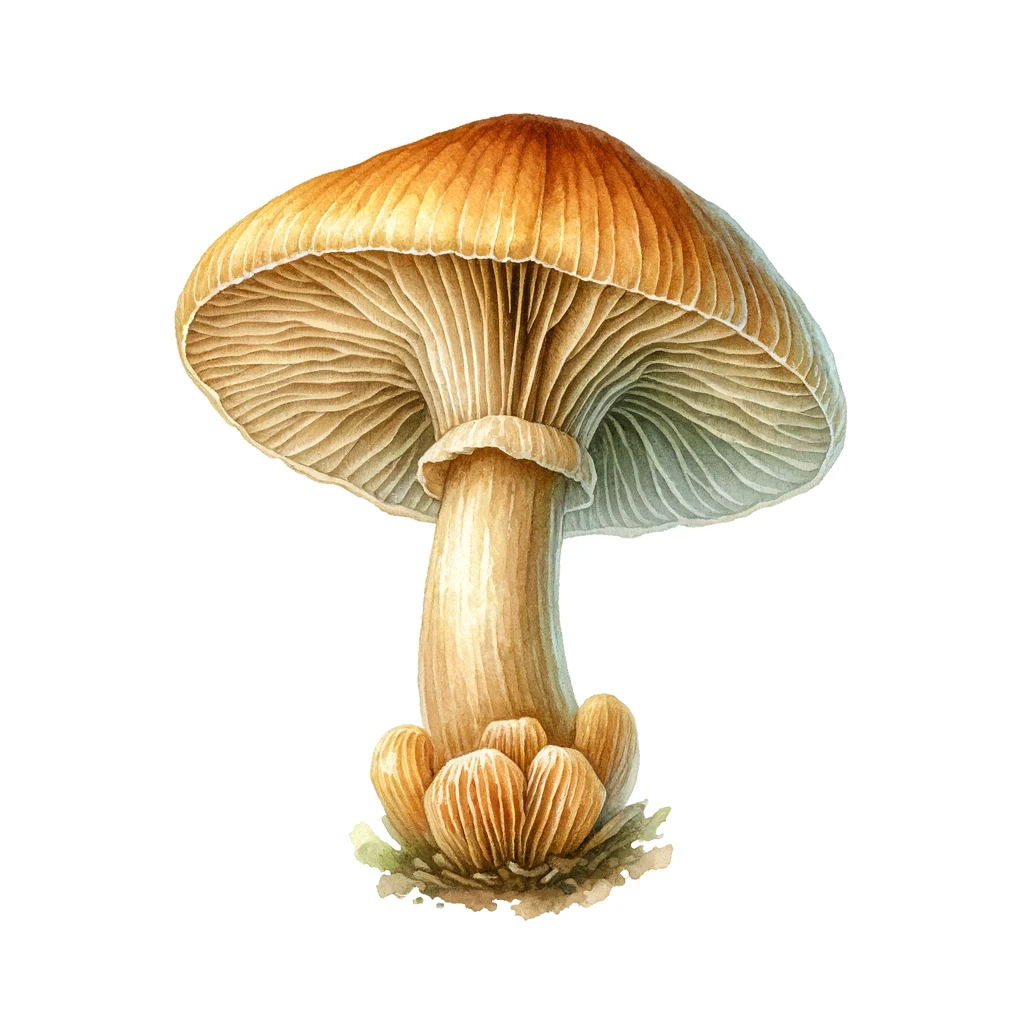
While the Blue Whale is still the largest animal on Earth, the Honey Fungus is the largest living organism on Earth.
And that’s the fascinating world of the honey fungus! Living beneath the Oregon forests, this mushroom is not just a forest dweller but a record-breaker – the largest living organism on Earth. Older than many civilizations and heavier than the largest animals in the sea, this fungus shows us how incredible and surprising nature can be. Its glowing touch and role as a forest recycler make it a unique and important part of our natural world.
FAQs
How does the honey fungus spread so much? It spreads through its mycelium, growing underground and connecting with tree roots to extract nutrients.
Is the honey fungus edible? While some Armillaria species are edible, it’s not advisable to eat them without expert knowledge, as they can be confused with toxic varieties.
How can I see the honey fungus? The best time to see the mushrooms is in the fall. However, most of the organism lives underground, so what you see is just a small part of it.
References
Here are a few external references you can check out for more information:
Scientific American:
https://www.scientificamerican.com/article/strange-but-true-largest-organism-is-fungus/
Wired:
https://www.wired.com/story/what-the-worlds-largest-organism-reveals-about-fires-and-forests/
TreeHugger:
https://www.treehugger.com/largest-living-things-organisms-planet-4859216

There’s a lot to explore right where we are, in our own neighborhoods and backyards! Join us while we get off the couch and explore the everyday wonders of nature, science, space, engineering, art, and anything else we stumble upon during on our adventures.


